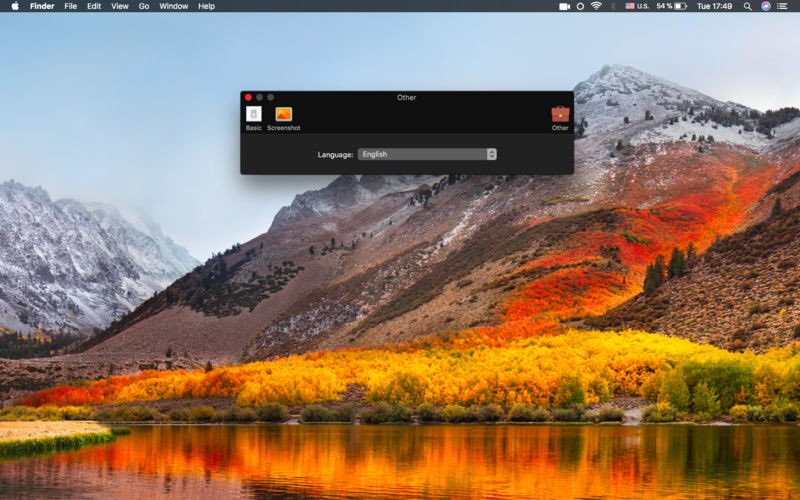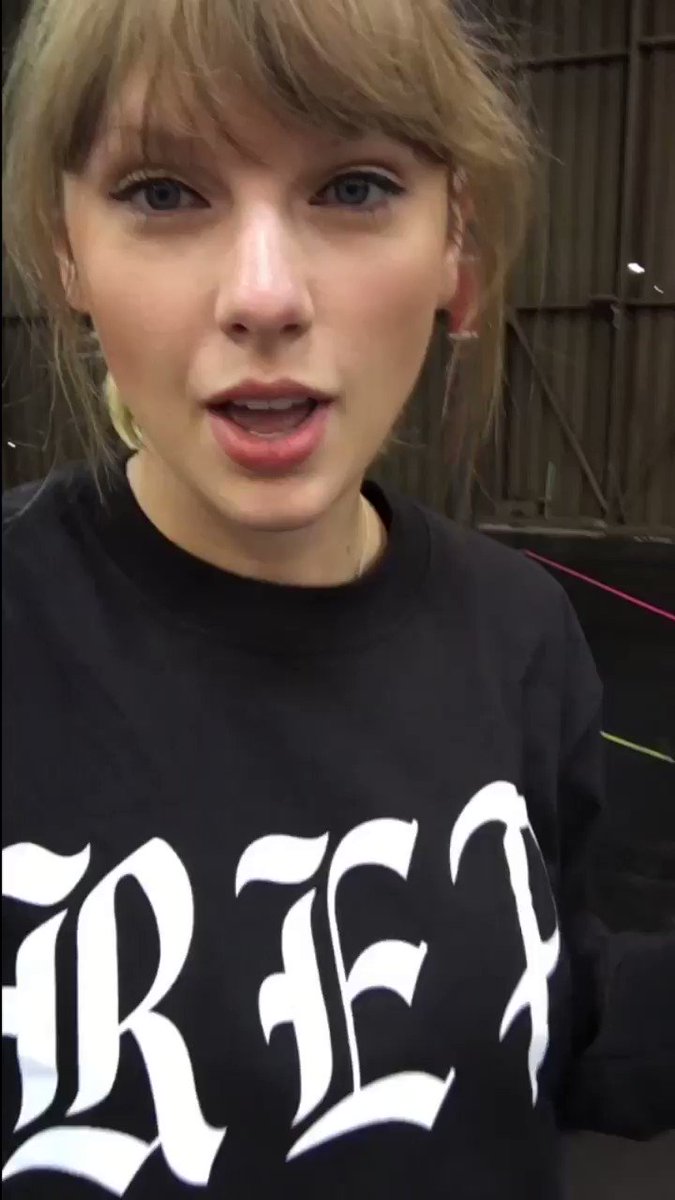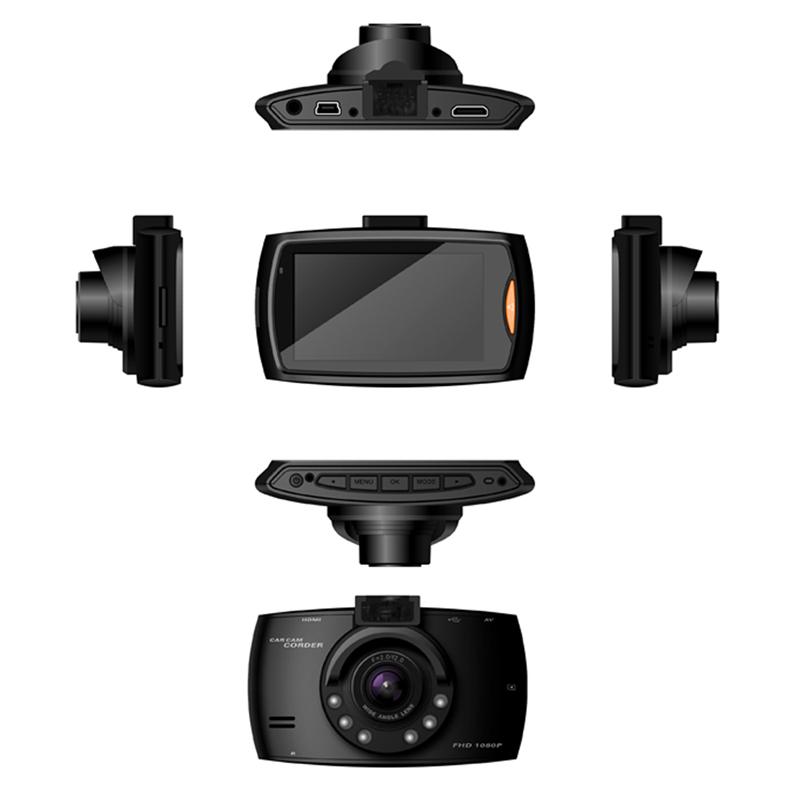
For more information, see Enabling Background Audio. With this category, your app can also play background audio if you’re using the Audio, AirPlay, and Picture in Picture background mode. When you specify this category, your app’s audio continues with the Ring/Silent switch set to silent mode (iOS only). This category indicates that audio playback is a central feature of your app. There are seven possible categories you can use (see Audio Session Categories and Modes), but the one most playback apps need is called playback. To change the default behavior, you configure your app’s audio session category. This behavior delegates the management of those details to the audio session, which ensures that the operating system can best manage the user’s audio experience.Īll iOS and tvOS apps have a default audio session that comes preconfigured as follows:Īlthough the default audio session provides useful behavior, it doesn’t provide the general audio behavior you need when building a media playback app. You use an audio session to communicate to the operating system the nature of your app’s audio without detailing the specific behavior or required interactions with the audio hardware. The description of the AVAudioSession class is very interesting, here it is:Īn intermediary object that communicates to the system how you intend to use audio in your app.Īn audio session acts as an intermediary between your app and the operating system-and, in turn, the underlying audio hardware.

The AVFoundation framework combines four major technology areas that together encompass a wide range of tasks for capturing, processing, synthesizing, controlling, importing and exporting audiovisual media on Apple platforms.Īdd these three properties now: a record button of type UIButton, a recording session of type AVAudioSession and a whistle recorder of type AVAudioRecorder, all of them implicitly unwrapped. Work with audiovisual assets, control device cameras, process audio, and configure system audio interactions. Import AVFoundation at the top of the class and read this: Then, set its leading, trailing and center-Y anchor’s constraints to be equal to the view’s respective anchors and activate them. Below, instantiate our stackView property, give it a spacing of 30 points, make it not translate auto-resizing mask into constraints, set its distribution to fill equally, its alignment to center, its axis to vertical and, finally, add it as a subview of our view. Just before viewDidLoad, override the loadView method: inside, set the existing view property to a new empty UIView() and set its background color to grey. At its top, declare a new implicitly unwrapped UIStackView variable property. Now, write the addWhistle() method which simply instantiates a new object of the not yet created type RecordWhistleViewController and pushes it onto the view controller stack.Ĭreate a new Cocoa Touch Class file, make it subclass UIViewController and name it RecordWhistleViewController. Curiously, writing nil for target and action doesn’t change what that button is already doing, just doesn’t add anything else on top of that. The second will simply customise the title of the navigation bar’s back button so that it shows “Home” instead of the title of the view controller. add, a target of self and an action calling the yet unwritten method addWhistle. Switch to ViewController.swift and, inside the viewDidLoad() method, change the title of the view controller to be “What’s that Whistle?” and add two bar button item: the first will be a right bar button item with a system item of. The rest of the UI will be created in code. The only action we need to perform in the storyboard is embedding the view controller into a navigation controller.

Recording from the microphone with AVAudioRecorder

So, let’s get started by creating a new project based on the Single View App template, let’s call it “What’s that whistle?” and save it somewhere sensible.
#Swift avrecorder only recording 1 second free
Project 33 is about building a crowd-sourced song recognition app using Apple’s free platform as a service: CloudKit. Still at the airport, checking starting in about one hour and a half so I still have some time to practice some coding.


 0 kommentar(er)
0 kommentar(er)
